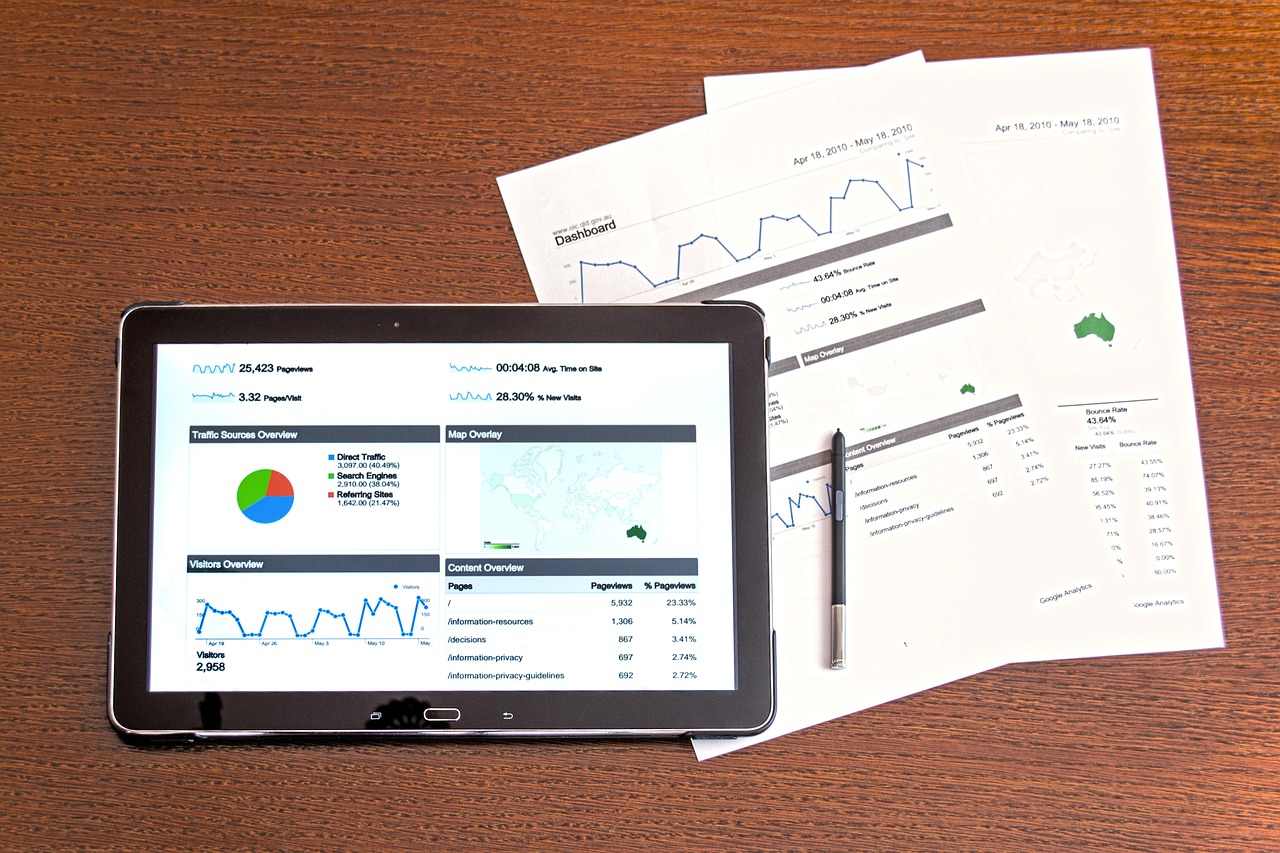Web Technologies Revolutionizing Pest Control: A Digital Approach to Pest Management

Pest control has come a long way from the days of manual traps and chemical sprays. In recent years, advancements in web technologies have ushered in a new era of pest management. These innovations have not only made pest control Perth more effective but also more eco-friendly and convenient. In this article, we will explore how web technologies are revolutionizing pest control, offering a digital approach that benefits both homeowners and pest control professionals.
-
Real-Time Monitoring and Data Analytics
One of the most significant contributions of web technologies to pest control is real-time monitoring and data analytics. IoT (Internet of Things) devices equipped with sensors and cameras can be strategically placed in and around a property to monitor pest activity. These devices collect data continuously and transmit it to a central system accessible via the web. Pest control professionals can analyze this data to track pest movements, identify infestation patterns, and make informed decisions about treatment.
-
Predictive Modeling
Web technologies enable the development of predictive modeling systems that use historical data and current conditions to forecast potential pest outbreaks. By analyzing factors such as temperature, humidity, and pest populations, these models can predict when and where pest infestations are likely to occur. This proactive approach allows for preemptive pest control measures, reducing the need for reactive and potentially harmful chemical treatments.
-
Automated Pest Control Systems
Web-connected devices can control pest populations automatically, minimizing human intervention. For example, smart traps can detect and capture pests while notifying homeowners or pest control professionals when action is needed. In agriculture, automated systems can dispense pesticides or release beneficial insects precisely when and where they are needed, optimizing pest control efforts while minimizing environmental impact.
-
Mobile Apps for Pest Management
Mobile applications have made pest management more accessible and convenient for homeowners. With pest control apps, users can report infestations, receive guidance on pest identification, and access information on safe and eco-friendly pest control methods. Some apps even offer virtual consultations with pest control experts, providing immediate assistance and recommendations.
-
Remote Pest Control Consultations
Web-based video conferencing and communication tools have made it easier for pest control professionals to provide remote consultations. This is especially valuable in situations where a physical visit may not be necessary. Homeowners can show pest problems to experts via video, receive guidance on identification, and get personalized advice on how to manage the issue effectively.
-
Environmental Benefits
Web technologies in pest control not only improve efficiency but also have positive environmental implications. By reducing the reliance on chemical pesticides through predictive modeling and automated systems, we can reduce the environmental impact of pest control practices. This shift toward more targeted treatments is essential for preserving ecosystem balance and biodiversity.
You might also want to read about Revolutionizing Furniture Industry Logistics: Empowering Web Technology Solutions.
Conclusion
Web technologies are transforming pest control into a digital, data-driven, and environmentally conscious field. Real-time monitoring, predictive modeling, automation, mobile apps, and remote consultations are all contributing to more effective and sustainable pest management. These innovations are not only benefiting pest control professionals but also empowering homeowners to take a more proactive role in protecting their properties from infestations. As we continue to harness the power of web technologies, we can look forward to a future with smarter, safer, and more efficient pest control solutions.





